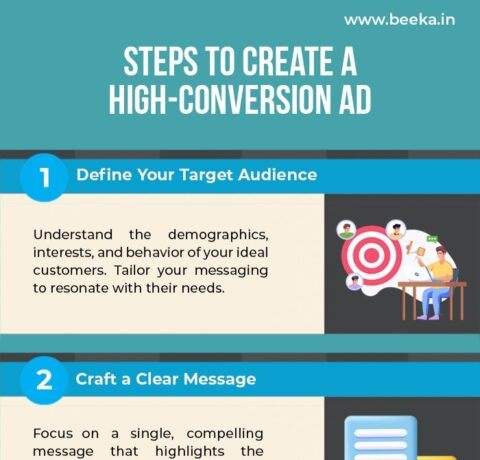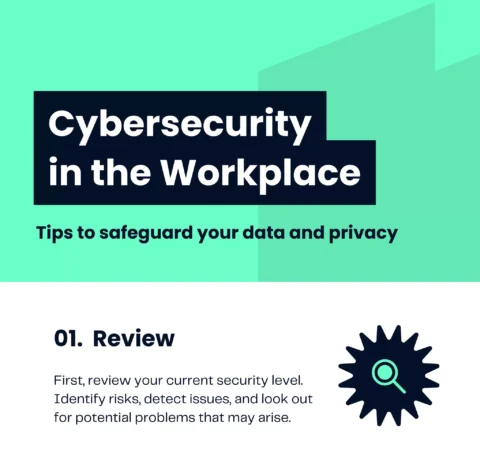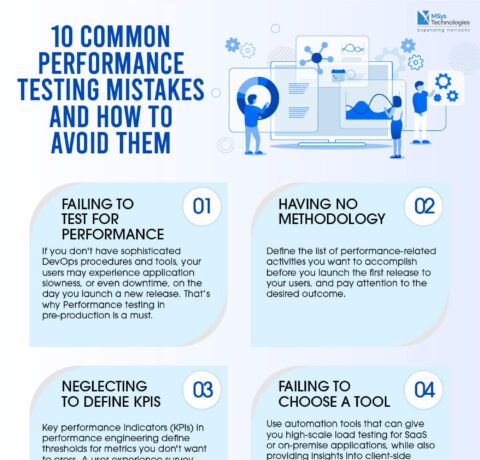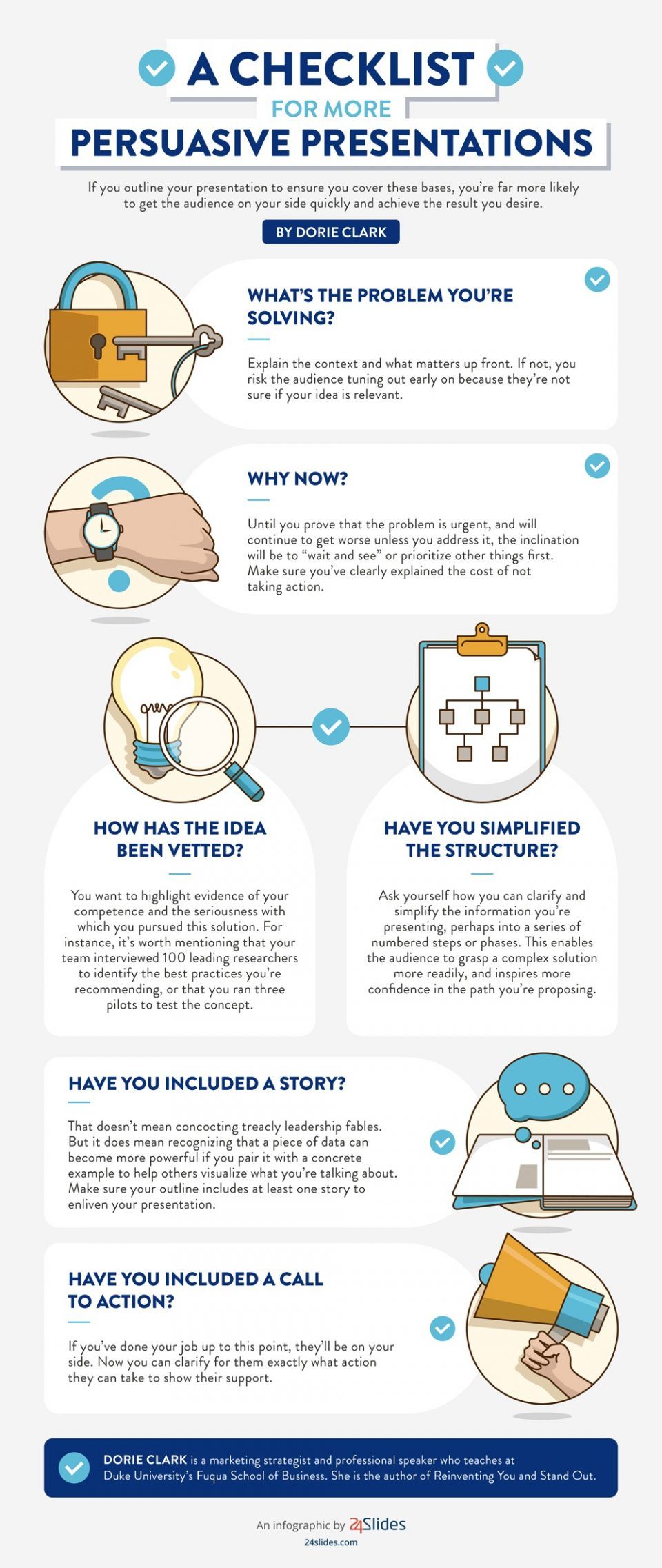A Checklist for more Persuasive Presentations Infographic
Ideas are easy. Implementation is hard. And most of the time, a single presentation has the power to convert you idea to reality. Here’s how to persuade the people who have the power to approve your idea or let it die through incredibly persuasive presentations. When there is a lot at stake, you want to make sure that your presentation helps you land your goal. As Dorie Clark put it in her Harvard Business Review article A Checklist for More Persuasive Presentations:
“To persuade the people who have the power to approve your idea or let it die, you need to start with a strong outline“
A good presentation could make the difference between being heard and being dismissed. And a good outline could make the difference between a persuasive presentation and an unconvincing one. How can you structure a presentation that defuses potential objections upfront and is so compelling? Ask yourself these 6 questions by Dorie Clark:
1. What’s the problem you’re solving?
Explain the context and why it matters. Persuasive presentations address the context and why it matters up front. If you don’t, you risk stakeholders tuning out because they are not sure if your idea is relevant.
2. Why now?
Explain why this is the moment they should change what’s been working. You need to explain the urgency of your problem and show them the cost of not taking action. Otherwise, they might stow your idea away in a file cabinet, if it isn’t there already.
3. How has the idea been vetted?
Highlight evidence of your competence and the seriousness with which you pursued this solution. This means increasing the credibility of your work by showing them how you went about your research.
4. Have you simplified the structure?
Ask yourself how you can clarify and simplify the information you’re presenting, perhaps into a series of numbered steps or phases. At their core, persuasive presentations have very simple, straightforward structures. They enable the audience to grasp a complex idea or a solution more readily and inspire more confidence in the path that you are proposing.
5. Have you included a story?
Include stories, if not real life examples that your audience can relate to. A piece of data can become more powerful if you pair it with a concrete example to help others visualize what you are talking about.
6. Have you included a call to action?
Clarify exactly what action they need to take to show their support. Thanks to your incredibly persuasive presentation, the stakeholders should be on your side at the end of it all. If you want anything to happen, implying what they need to do won’t suffice — you need to spell it out for them.







You can adjust your cookie preferences here.